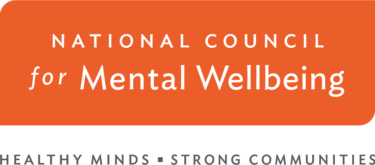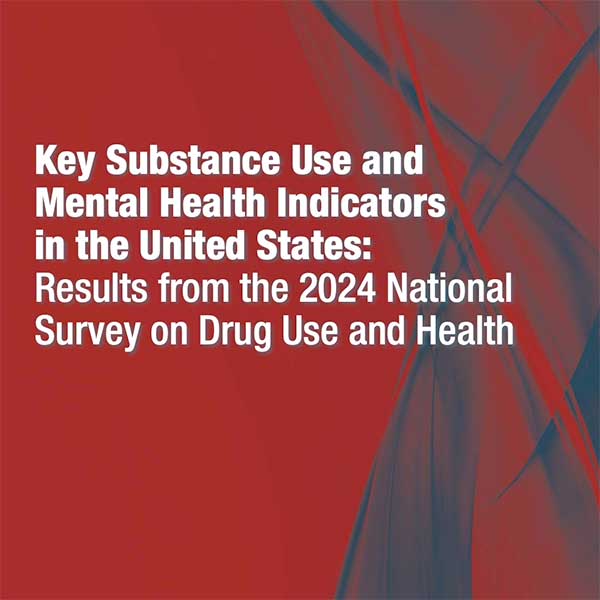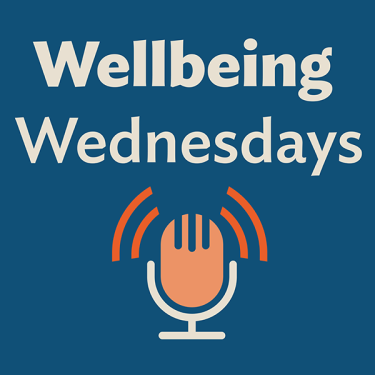Results from the 2024 National Survey on Drug Use and Health, the federal government’s annual look at mental health and substance use across the country, offered some good news.
Depression and suicidal thoughts and behaviors in teens declined. The new report shows that the prevalence of serious suicidal thoughts in 12- to 17-year-olds fell from nearly 13% in 2021 to 10% in 2024. The prevalence of teen suicide attempts also dropped, from 3.6% to 2.7%.
Prescription opioid misuse in the past year declined from 3% to 2.6% from 2021 to 2024, according to the report. So did the percentage of people age 12 or older with alcohol use disorder — from 10.6% in 2021 to 9.7% in 2024.
But digging deeper into the report reveals startling data we can’t ignore. Many people who believe they need mental health care are not receiving that treatment. For example:
- 42.4% of the 1.5 million adolescents (ages 12 to 17) in 2024 who had an episode of major depression over the past year and did notreceive mental health treatment perceived an unmet need for treatment.
- 21% of the 29.5 million adults age 18 or older in 2024 who had any mental illness in the past year and didnot receive mental health treatment perceived an unmet need for treatment.
The outlook was more grim for people with one or more co-occurring mental health conditions of any type and a substance use disorder. Of the few who received treatment in the past year, the vast majority of adolescents (73.6%) and adults (69.8%) received only mental health treatment, leaving their substance use disorder untreated.
If they specifically had a co-occurring serious mental illness and substance use disorder, and they received either substance use treatment or mental health treatment in the past year, most adults (69.4%) received only mental health treatment, again leaving substance use disorder untreated.
The data suggests we aren’t doing enough to ensure that people have access to the substance use treatment and care they need.
Substance use can worsen mental health conditions, and a mental health condition can increase the likelihood that one uses substances.
Still, people with co-occurring mental health and substance use disorders often face impediments to accessing comprehensive treatment. Among them, treatment for those co-occurring disorders is usually siloed rather than integrated, making it harder to treat both conditions.
However, when both conditions are treated simultaneously, the chances of recovery improve.
So, we must work with the administration and Congress to continue raising awareness about the need to:
- Fund evidence-based programs to support people with substance use disorders.
- Address the workforce crisis so we have the clinicians and staff to meet the needs of people who need mental health and substance use treatment and care.
- Make care more accessible by continuing to invest in Certified Community Behavioral Health Clinics.
- Reauthorize the SUPPORT Act.
That work could get more difficult should Congress not reach a federal funding agreement that adequately and robustly funds mental health and substance use programs. For example, the administration’s budget request proposed elimination of about 40 programs under the Substance Abuse and Mental Health Services Administration (SAMHSA) and including the agency in restructuring efforts in the creation of the new Administration for A Healthy America (AHA).
Coupled with the recent cuts to Medicaid through reconciliation, the progress we’ve made to help people and improve access to care could easily be undone. That would be tragic.
We can’t turn our backs on people with a mental health condition, a substance use disorder or both.
Maintaining any momentum we see in the data from the 2024 National Survey on Drug Use and Health will require continuing efforts to ensure treatment is within reach. It will require building upon efforts to expand access to evidence-based interventions.
It will require increasing the size of the behavioral health workforce, including the number of peer support specialists.
It will require bipartisanship.
And it will require us to remind people that mental wellbeing is a state of thriving. It is the foundation of living a strong, healthy and fulfilling life. We believe that mental wellbeing is achievable for everyone — including individuals living with or recovering from a mental health or substance use challenge.
No one is immune from a mental health or substance use challenge, and we can’t afford to backslide now. The risk is too great.



